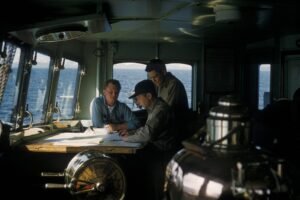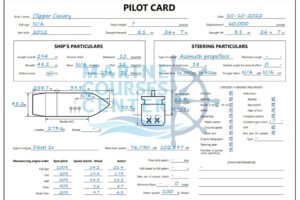celestial navigation | Concept of celestial sphere | astro navigation | Systems of Coordinates Equatorial System | part 2
welcome to Marine Courses Center today we will complete celestial navigation & Concept of celestial sphere & astro navigation
Systems of Coordinates
Celestial navigation
1stEquatorial System of Coordinates
Local Hour Angle (L.H.A)
Is the arc on the equinoctial or the angle at the pole, from the upper observer’s meridian, to the meridian of the heavenly body, measuredwestward, from 0˚ to 360˚.
Declination (Dec.)
Is the arc on the meridian of the heavenly body, from the equinoctial, to the heavenly body, measurednorth or south, from 0 to 90˚.
Polar Distance (P. D)
Is the arc on the meridian of the heavenly body, from the elevated pole, to the heavenly body, measured 0˚ to 180˚.
Component of 1st equatorial system of coordinates
L.H.A and Dec. / P.D
the relation between Dec. And P.D
P.D = 90 – Dec if Lat & Dec Same name
P.D = 90 + Dec if Lat & Dec Contrary name
Calculate the Polar Distance of the heavenly body where:
Latitude of the observer 40 N, Declination of H.B 30 S
P.D = 90 + Dec
P.D = 90 + 30
P.D = 120
Parallel of Declination (Diurnal Circle)
It is the apparent daily motion of the heavenly body in the westward direction.
2nd Equatorial System of Coordinates
Sidereal Hour Angle (S.H.A)
Is the arc on the equinoctial or the angle at the pole, from the meridian of 1stpoint of Aries, to the meridian of the heavenly body, measured westward, from 0 to 360˚.
Right Ascension (R.A)
Is the arc on the equinoctial or the angle at the pole, from the meridian of first point of Aries , to the meridian of heavenly body, measured Eastward from 0 to 24 hours.
Greenwich Hour Angle (G.H.A)
Is the arc on the equinoctial or the angle at the pole, fromthe upper meridian of Greenwich, tothe meridian of the heavenly body, measured westward, from0˚to 360˚.
Leave A Reply
You must be logged in to post a comment.



















2 Comments